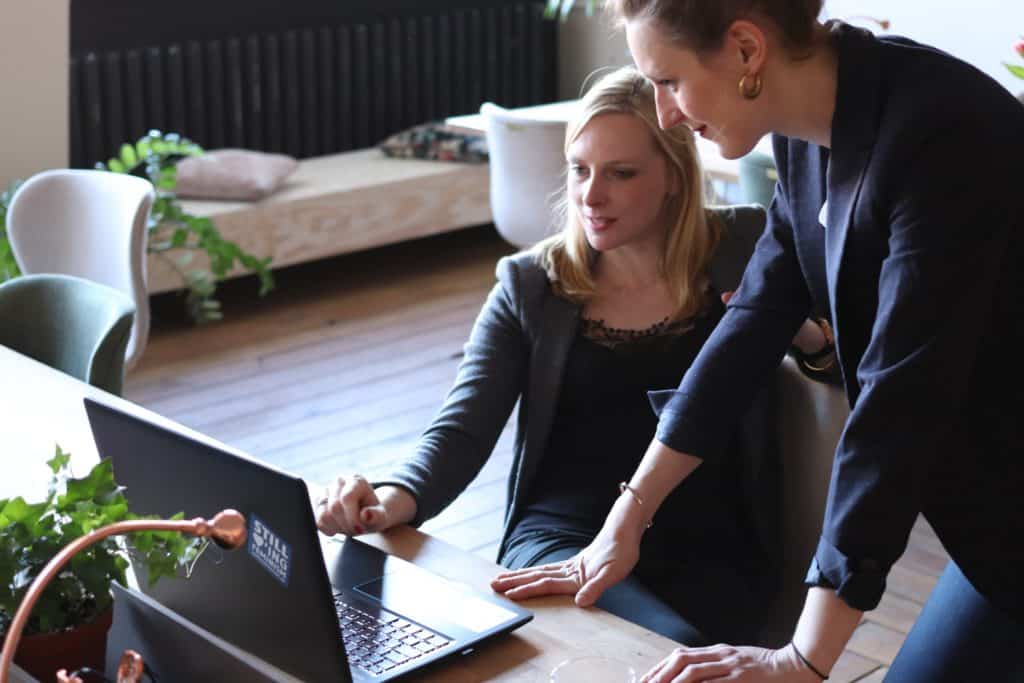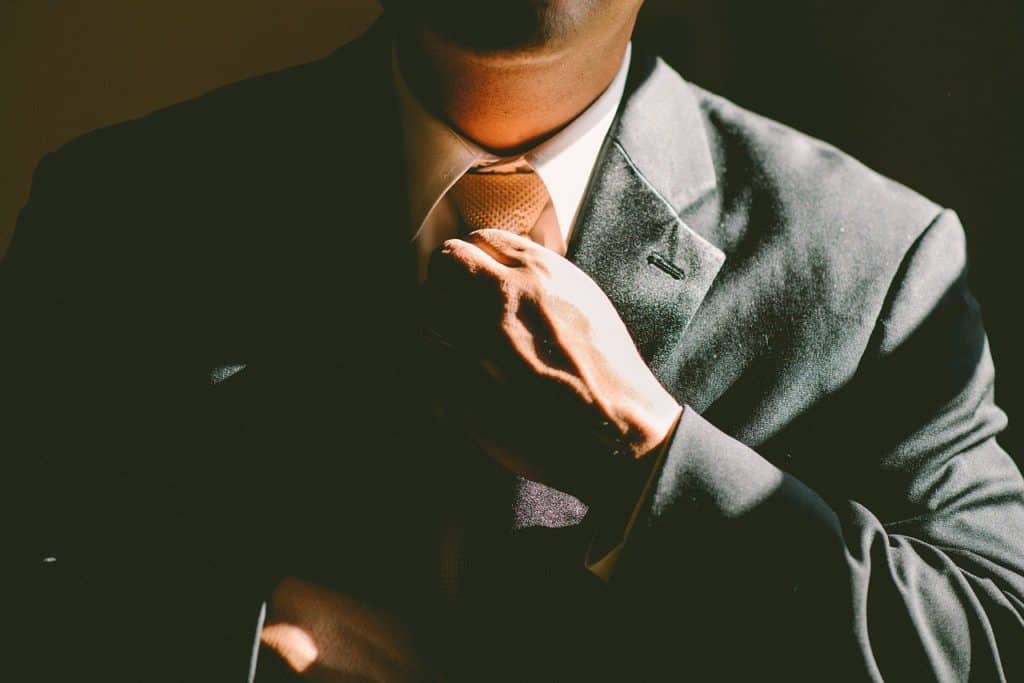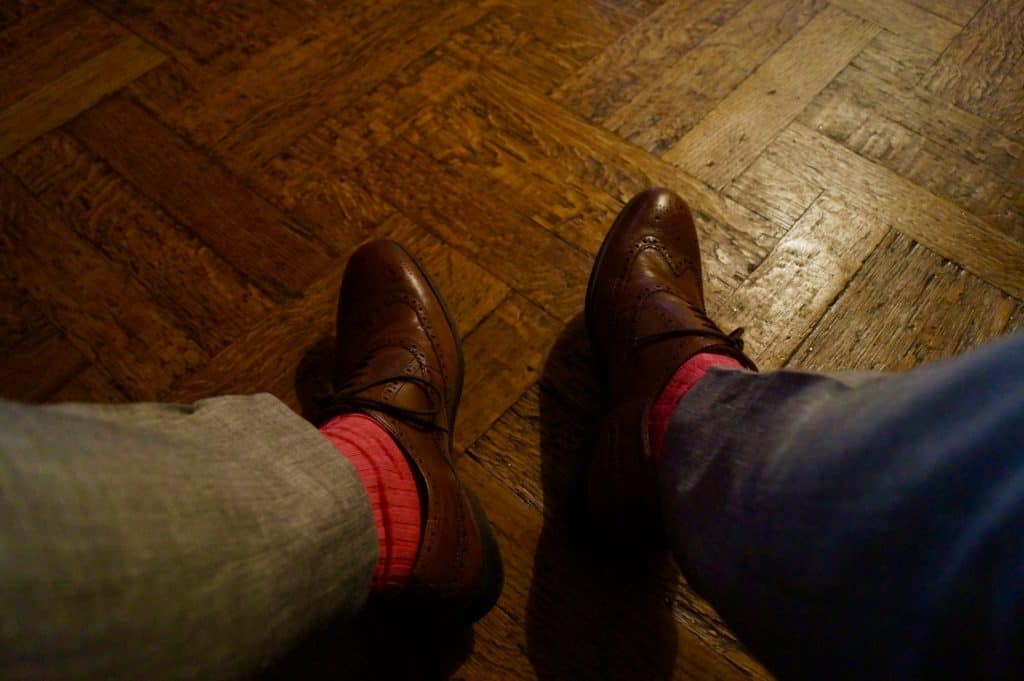Today’s workplace dress codes tend to be much more lenient than they used to be. From casual Fridays to casual every day, many companies, especially those that don’t work directly with clients, let their employees wear whatever they want to work.
However, there are still many businesses that require their employees to wear different types of business attire. Even if that’s not the case in your workplace, you may still have to put on something more businessy for a meeting or formal event.
So if you’re unsure as to how to dress in different corporate settings, here’s a quick guide to help you.
Smart Casual — Job Interviews and Laid-Back Offices
 If you don’t want to look too corporate but still want to appear professional and as sharp as a pencil, smart casual may be the best option for you. This style may be the haute couture of businesswear because it is extra-polished and allows for the most creative freedom.
If you don’t want to look too corporate but still want to appear professional and as sharp as a pencil, smart casual may be the best option for you. This style may be the haute couture of businesswear because it is extra-polished and allows for the most creative freedom.
Smart casual involves blazers, button-downs, and classic men’s coats, but also fun, light (not skimpy, of course) dresses, bright sneakers, and tons of accessories. People can let their imagination flow here and put on heavy jewelry, scarves, and even head wraps. The point of these outfits is that they can work both for corporate settings and cocktail afternoons in trendy lounges.
This type of outfit can be appropriate for job interviews with companies you know are not too formal. It will leave the impression that you’re professional and polished. You can also adopt this style as your day-to-day officewear if it fits in with your workplace dress code.
Business Casual — Business Attire You Can Never Go Wrong With
If you’re unsure about what to wear to any business occasion — except for a highly formal one — business casual is the way to go. When you think about businesswear, the pieces that first come to mind probably belong in this category. These are usually simple, plain clothes, such as basic button-down shirts, dark straight-leg trousers, polos, blazers, and tasteful sneakers.
The most important thing when opting for this style is to keep your clothes tidy and neat. You don’t need to go overboard with ties or high heels. However, it’s also important not to stray too much to the casual side, so avoid wearing hoodies and sweatpants.
In essence, business casual is right in the middle on the scale from casual to formal, which makes it ideal for office, meetings, interviews, and any other setting in your day-to-day corporate life.
Traditional Business Attire — Conservative Companies and Strict Dress Codes
 When you think about the Wall Street traders or fancy lawyers from the movies, you probably remember them in neat, subdued outfits, such as crisp suits and pencil skirts with matching jackets. These are the staples of traditional business attire.
When you think about the Wall Street traders or fancy lawyers from the movies, you probably remember them in neat, subdued outfits, such as crisp suits and pencil skirts with matching jackets. These are the staples of traditional business attire.
This business wear style is old-fashioned and conservative, and it’s reserved for companies and organizations with strict dress codes. Some of the industries where you may be expected to dress like this include finance, law, government, and similar. The traditional style offers little to no flexibility, depending on an individual company’s code.
These professional clothes need to be well-fitted and in no way sloppy. The color palette is usually neutral, and it includes a lot of grays, blacks, and beiges. Sneakers and open-toed shoes are a big no-no here, and the best choice of footwear are classic heels or oxfords.
Business Formal — Highly Formal Settings and Special Events
Business formal is the “black tie” of the corporate world. It is reserved for the most formal events, usually networking evening affairs, such as benefits, fund-raisers, ceremonies, etc. The style is smart and highly polished, but it needs to maintain the professional flair that says “this party is still a business party.”
The classic outfit here is an expensive-looking black suit with formal, polished shoes. You may accessorize with a leather belt, cufflinks, or an elegant tie (even a bow tie). Women could also wear suit skirts and dresses as well as long evening dresses if the event is very formal. Jewelry is welcome, but it shouldn’t be over-the-top; remember — it isn’t the Met Gala.
You shouldn’t be too worried about this type of wear since you’ll probably rarely (or never) be required to dress this formal.
How to Add a Creative Twist to Your Corporate Outfit
 If all of this sounds boring and even stifling to you, don’t worry — there are always ways to add a personal touch to your outfit, no matter how formal or traditional you have to be. Here are some ideas to help you freshen up your business style:
If all of this sounds boring and even stifling to you, don’t worry — there are always ways to add a personal touch to your outfit, no matter how formal or traditional you have to be. Here are some ideas to help you freshen up your business style:
- Even in the most traditional offices, you can still mix it up a little by adding only one piece of accessory, such as a gorgeous necklace or a unique tie. This won’t break the dress code, and it will surely pop out from the rest.
- Color is your best friend. By introducing a splash of color here and there, you can make your outfit ten times more interesting. For example, add a bright pocket square or scarf to your neutral suit, and voilà — you look dazzling.
- Two words: statement socks. No matter whether you choose to wear bright red socks with an all-gray outfit, or you introduce some polka-dots and even a Van Gogh’s Starry Night motif, you are sure to draw attention.
Additional Tips & Tricks
For those of you who are just starting out in the corporate world, here are some additional tips to help you work out your business style:
- If it’s your first day at the office, and you’re still not sure how to dress, go for business casual and then check out what your colleagues are wearing.
- Never over-accessorize if it’s your first time anywhere. A lot of accessories go well with a smart casual style, but wear them only when you’re sure they won’t be too much.
- Before going to a job interview, check out the company’s website or LinkedIn page to get an idea of their dress code. Chances are there will be pictures.
- If you don’t own many business-appropriate clothes and you need to start from scratch, look for staple items — a blazer, trousers, button-downs — that go well with each other. You can also use any neutral items from your wardrobe, such as plain white tees, and combine them with your staples.
